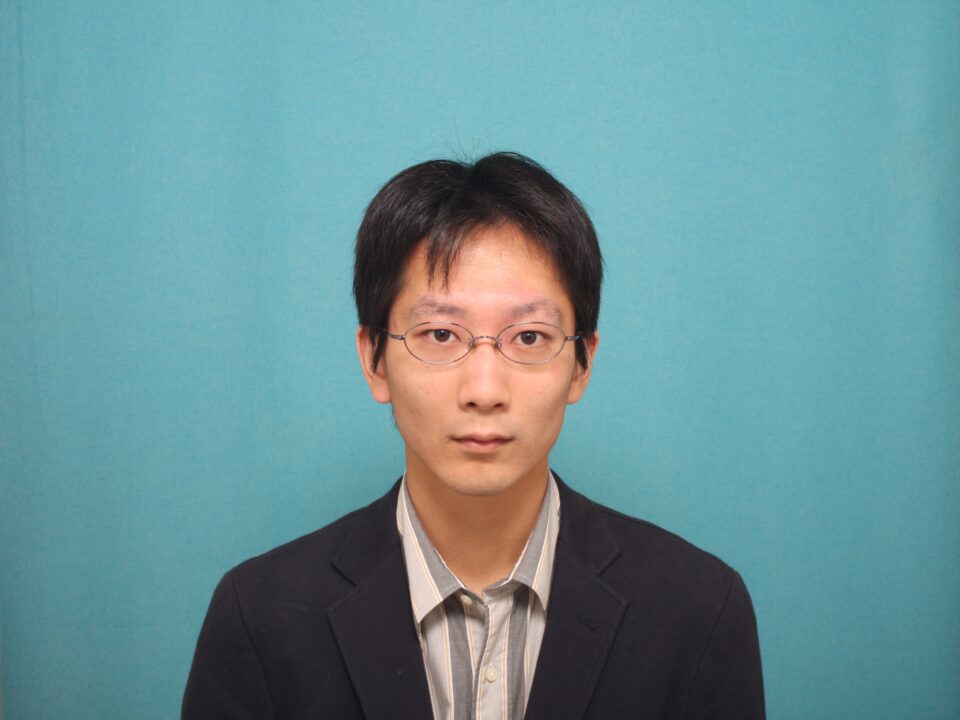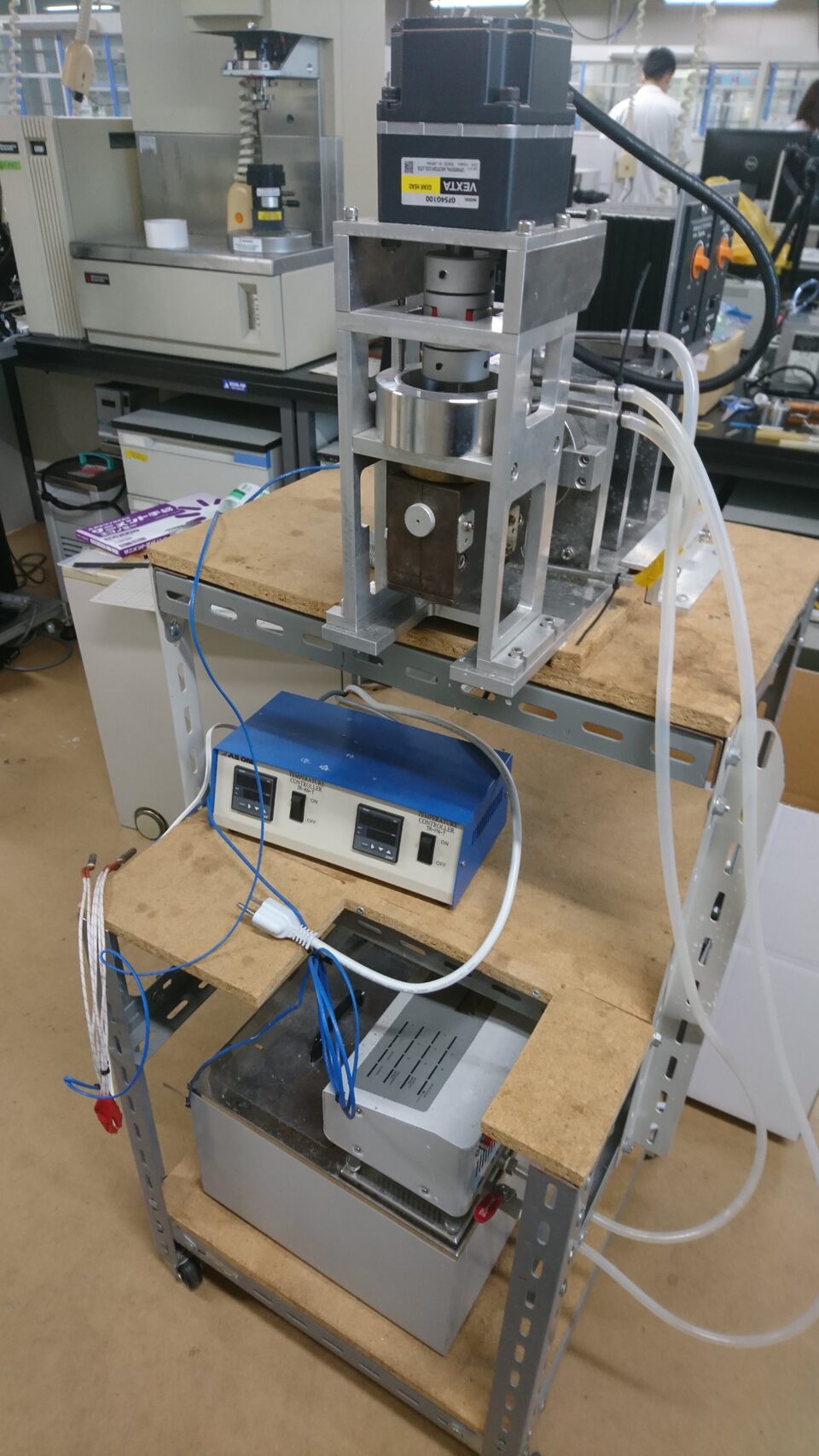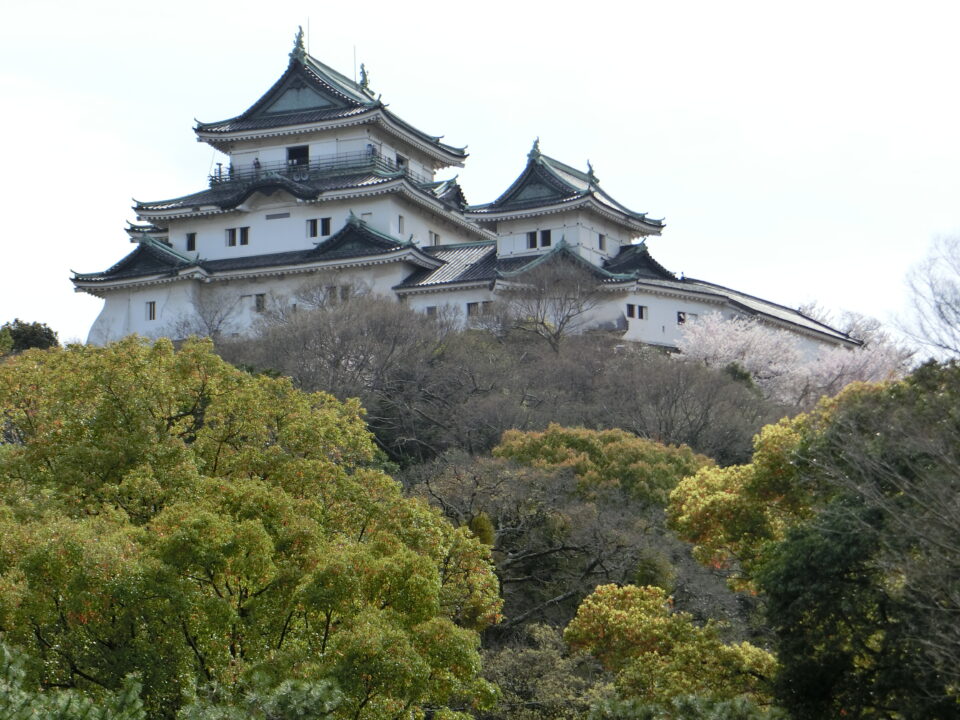Division of Biological Sciences (Macromolecular Functions), School of Science held “Alumni Talk” for juniors on June 5, 2023. The purpose of the event is to encourage students to think about their career paths by having alumni talk about their experiences. Dr. Ken-ichi Hoshino of New Energy and Industrial Technology Development Organization (NEDO) gave a talk.

Dr. Hoshino graduated from Division of Biological Sciences (Macromolecular Functions), School of Science and entered Transdisciplinary Life Science Course, Graduate School of Life Science in 2013. He got a PhD in 2019, and he was employed by Industrial Technology Center of Wakayama Prefecture (WINTEC). Currently, He transferred to New Energy and Industrial Technology Development Organization (NEDO) in temporary.
Graduate school period: researching about hydrogel
I saw a video about high toughness gel during an undergraduate class. “Soft hydrogel doesn’t break even if it is run over by a truck!” I was shocked and interested in this high toughness gel, so I chose Laboratory of Soft & Wet Matter (LSW) and researched on hydrogel.
Soft and wet hydrogel has similar character to living body, so it is expected as substitute material of living body like artificial muscle. If I can fiberize hydrogel, hydrogel can be applied widely because hydrogel can process easily. However, common hydrogel is weak and broken easily. So, I used self-healing gel, which can be healed if it breaks easily, and I succeeded to fiberize hydrogel. This was my theme of master’s course.

I entered doctor’s course because I thought I wanted to continue the research of hydrogel. In my doctor’s course, I changed my research theme to more fundamental theme. I researched about the effect of swelling on network elasticity of hydrogel experimentally. Although various theories about the effect of swelling on network elasticity of hydrogel have been proposed in the past, it is very difficult to examine experimentally because the network structure of hydrogel is not clear and to swell hydrogel largely is difficult. So, I used Tetra-PEG gel1)whose network structure is well-controlled and molecular stent method2) which is introducing linear strong polyelectrolyte into gel. By using these methods, I resolved these factors and succeeded to determine the effect of swelling on network elasticity of hydrogel experimentally.
Supporting companies by using my experience of graduate school
After graduating from doctor’s course, I was employed by Industrial Technology Center of Wakayama Prefecture (WINTEC). The main mission of WINTEC is to help companies of Wakayama prefecture to develop technologies or create of products by giving counsel about problems or troubles in their technologies. I mainly supported companies technically and provided information about polymer material such as plastics by using my experience of graduate school. In addition, I searched about industrial application of self-healing hydrogel.

Currently, I transferred to New Energy and Industrial Technology Development Organization (NEDO) in temporary. NEDO is national institute as an innovation accelerator whose positioning goal is promoting technological development through formulating project plans, allocating funding etc. and solving social agenda by facilitating implementation achievements of projects to society. I establish project implementation frameworks, manage the progress of project, and so on as a member of dispensation governance organizer.
If you hope to continue your research
You can devote plenty of your time to only one research in graduate school. If you find that you hope to continue your research after being assigned to a laboratory, I recommend you enter doctor’s course. I wish you notice the contributory options about official examination site and national institute of research and development as options except university or civilian business company when you consider your career after graduation.
References:
1)T. Sakai, T. Matsunaga, Y. Yamamoto, C. Ito, R. Yoshida, S. Suzuki, N. Sakai, M. Shibayama, and U.-I. Chung, “Design and fabrication of a high-strength hydrogel with ideally homogeneous network structure from tetrahedron-like macromonomers”, Macromolecules, Vol. 41, No. 14, pp.5379-5384 (2008)
2)T. Nakajima, H. Sato, Y. Zhao, S. Kawahara, T. Kurokawa, K. Sugahara, and J. P. Gong, “A universal molecular stent method to toughen any hydrogels based on double network concept”, Advanced Functional Materials, Vol. 22, No. 21, pp. 4426-4432 (2012)